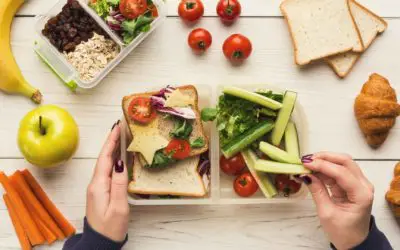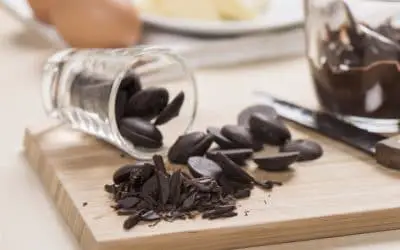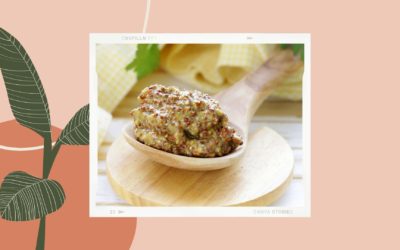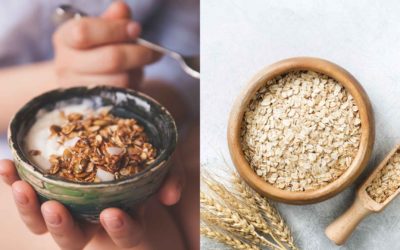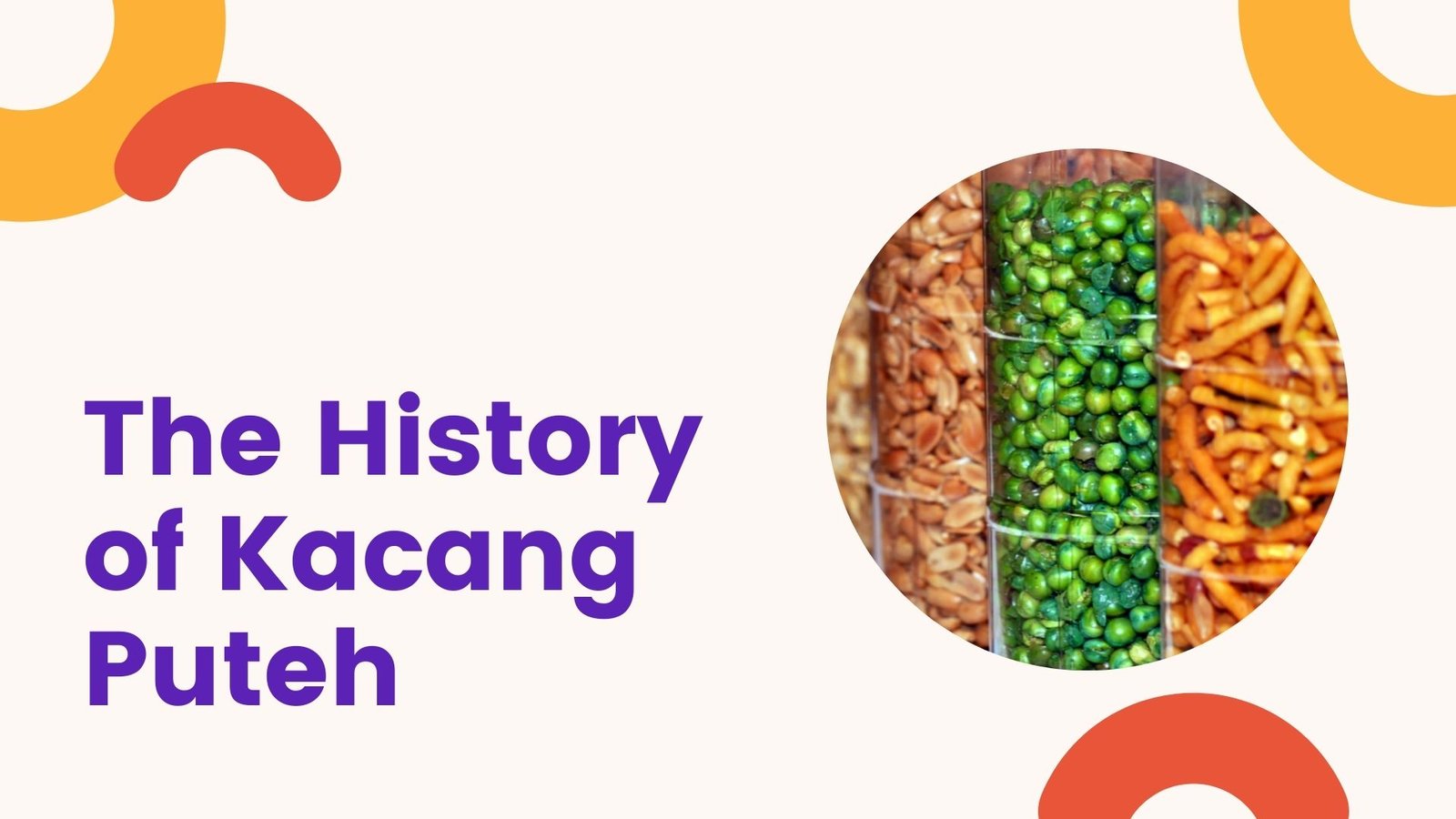
The Storied History of Kacang Puteh
Perhaps the sight of this assorted mix of nuts and snacks may be a familiar sight when you walk down the streets of Singapore or Malaysia. Salty, tangy, sweet, spicy with a strong punch of fragrant spices, this delectable treat is sure to catch your eye (or nose!) However, this tasty treat has a rich history that you may not be familiar with. Read on to find out more.
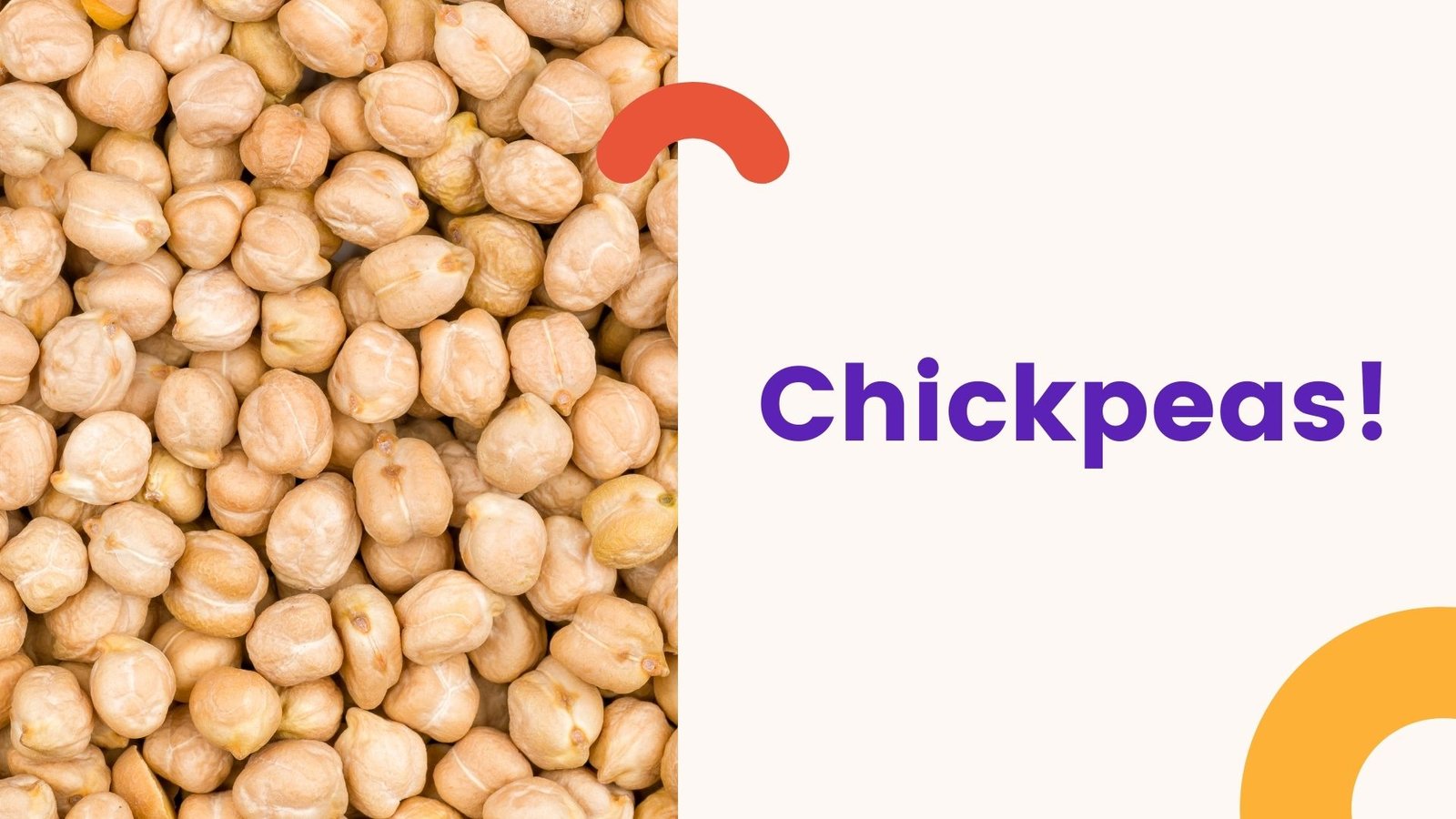
Where Did Kacang Puteh Hail From?
Kacang Puteh or Kacang Putih, directly translates to “white nuts”. However, the kacang puteh you see being sold on the streets may not look white at all! Why is that so? This description actually refers to chickpea, a common ingredient seen in Indian cuisine. It is a creamy, white and simple-tasting ingredient, making it the perfect background for more exciting flavours to shine. In fact, this dish actually goes all the way back to the 1940s, where British immigrants brought migrant labourers to Malaya from Tamil Nadu. As these labourers saw their businesses flourish, they were able to set up stands along the streets, selling these chickpeas along with a whole array of delicious Indian snacks.
How Is It Sold?
You can find many kacang puteh sellers peddling the snacks along the streets of Singapore, especially in areas such as Little India. It is also a common sight in Ipoh, Malaysia. Look out for the kacang puteh man with large containers of these snacks, either proudly displayed at the storefront or on mobile carts. Kacang puteh is typically an affordable snack, making it a great pick-me-up in the middle of the day. Choose what you’d like from what’s on offer, and you can enjoy kacang puteh neatly contained within a brown paper cone.
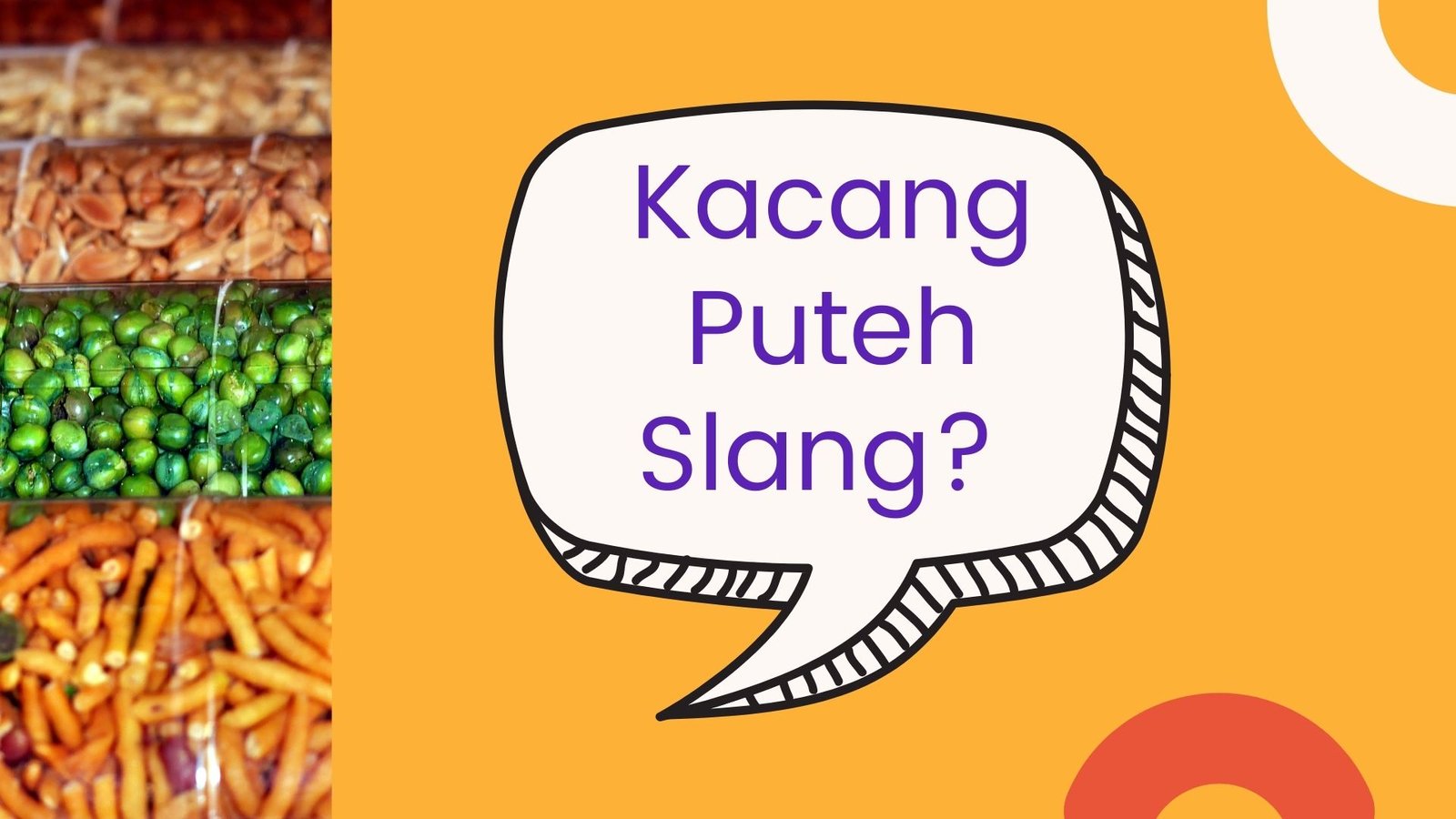
Kacang Puteh Slang
Perhaps you may not know, but other than referring to this tasty treat found in paper cones, kacang puteh can also be used to describe a situation that is simple and easy to address. This colloquial meaning is often used in Malaysia. For example, “How did your exam go? Kacang Puteh right?”
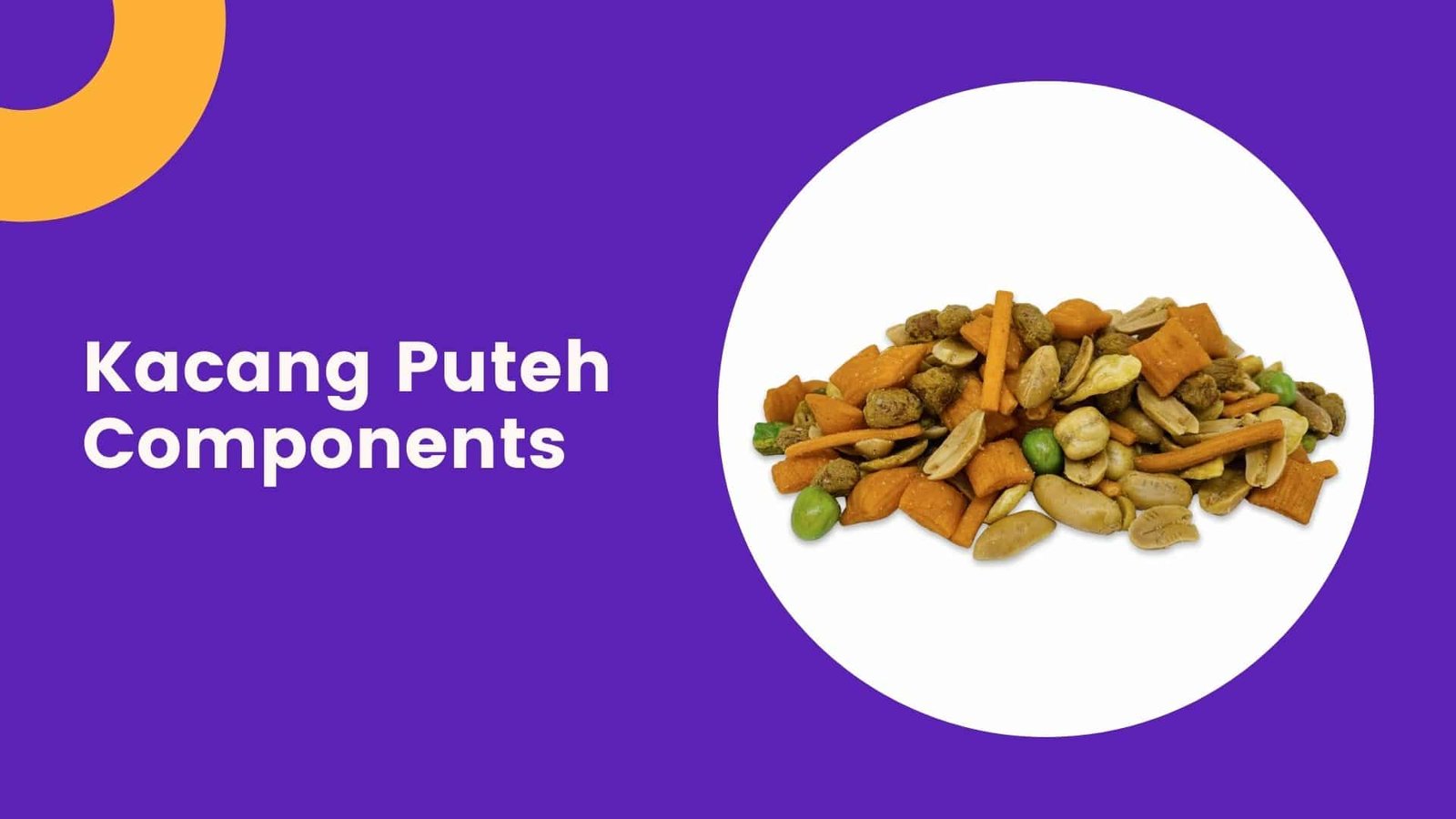
Common Components Within Kacang Puteh
# 1 Murukku
Murukku is a savoury, crunchy snack. The name ‘murukku’ is derived from the Tamil word for ‘twisted’, which refers to its interesting shape. It is typically made from rice and dal flour which is mixed with water, salt, chilli and other spices ad seasonings. After this dough is needed, it is shaped into a variety of shapes before being deep-fried in oil. Since the flavours of the dough can be easily adjusted using different spices, there are many varieties of this tasty, crunchy tidbit. Furthermore, murukku can also be found in a variety of different shapes and sizes, some of the most common ones being the star-shaped murukku, coiled murukku and even noodle-shaped murukku.
#2 Peanuts
Another staple in the kacang puteh mix! Peanuts are often roasted, then salted or coated with a sugary mix. The peanuts add a roasted and nutty flavour profile, complementing the sweet, salty, spicy and bitter notes that are found in the other kacang puteh components.
#3 Kacang Sipat or Broad beans
These flat beans are fried to a crisp, giving a wonderful, substantial bite. After frying, these beans are liberally salted and spiced, making them a tasty treat
#4 Prawn crackers
Prawn crackers typically come in square or rectangular shapes and have an eye-catching orange colour. These crackers are a familiar sight and a fond part of many locals’ childhoods. Though it may not have a very distinct taste on its own, the salty, tangy flavour of these prawn crackers are what make kacang puteh such an iconic snack.
#5 Crispy green beans
These crispy green beans are a vibrant, bright green colour and stand out amongst the orange and yellow hues of the other snacks. These crispy green beans may not look like much, but their milder taste profile helps to balance once the complex flavours of the different types of murukku.
#6 Chickpeas
These chickpeas are way more exciting than the store-bought ones you find in cans. Roasted and fried to perfections, these chickpeas are what kacang puteh was built upon anyway! In more modern renditions of kacang puteh, chickpeas may be sold separately, after being steamed, or roasted and seasoned, then added to the kacang puteh mix.
Get your Kacang Puteh!
Want to try out this interesting snack from the comforts of your own home? Try out our specially curated Kacang Puteh selections below.


